My reinvention journey entered a new phase this year, and I'm not the only thing to have changed. While I've gone from free agent to salaried employee, the corporate workspace has moved from assigned seating to free-range squatting. I have a new job in a new company with no space to call my own.
It was only a matter of time and technology before office managers and accountants found innovative ways to efficiently allocate assets. Since the work I'm doing today is done differently from the work I did before, it makes sense that the workspace should be different too.
Once there were electric typewriters, then desktop computers. Today there are laptops, notebooks and tablets. Once there were private offices, then cubicle farms. Today there open spaces with tabletops, collaboration centers and lounges. Once you closed an office door for privacy or lowered your voice and turned your back to the cubicle opening. Today you work wearing headphones, find an empty privacy pod or decamp to a quiet corner in a coffee bar or your home.
Morphing workspaces are part of a trend that Steelcase, the office furniture company, calls a shift from "I space to the I and we space." Demographic shifts have also influenced the tearing down of walls. Companies need and want to attract the younger workers who, it is believed, like to work in groups and are used to moving in packs. Companies also want to increase collaboration, communication and creativity, which are touted as key outcomes of the open space environment.
That all may be true but a 2008 Australian study suggests that too much collaboration, access to everyone's conversations and other neighborly distractions can lead to increased stress and blood pressure. That may not be of concern to the younger office worker, but it may cause an older worker to start a meditation practice right after getting a stress test if she works in the middle of a workplace hive.
I was lured back to work by a delicious offer to do something different with an interesting group of people around the world. I also liked the idea of having a work-based social group to connect with outside of my home office. But I've discovered that today's workspace might be more about plugging in then connecting.
The most open of all open environments discourages personalization of space or even claiming of space. However, we are creatures of habit. "We still feel more comfortable when we have a territory, " said Sally Augustin, PhD, a practicing environmental psychologist, on the WBUR.org On Point broadcast.
Ever notice how people choose the same seats at the conference table during a multiple day meeting or students sit in the same unassigned seats in a classroom for a whole semester? Some form of squatter's rights will surely prevail in the first-come, first-choice workspace.
For now, I'm adding adapt to a new environment to my list of things to learn on the learning curve. Transitioning to no-walls can't be any harder than learning new software, new hardware and new corporate lingo. That is my hope, at least.
My home office wasn't without distractions and stress triggers anyway. At the corporate office I'm safe from telemarketers and doorbell ringers interrupting my thoughts. The ever-present laundry basket can't remind me of undone domestic duties. And my productivity won't be negatively affected by searching for my retired husband's keys, phone and wallet, which I wish were objects of habit and found the same spot each time he came home. I can adapt to losing those distractions quite easily.